
It’s the highlight of many mountain bikers’ summers; riding on top of peaks that are only dry for two or three months out of the year. Some of the world’s most beautiful trails and adventures are found high above sea level where the oxygen and crowds are thin. The wildlife is different, and hardy, and the flora can be delicate.
Big mountain rides are an easy sell, but the hardest part about them, even without a lot of elevation change over the ride, is getting your body to move efficiently with less oxygen. Hike-a-biking and pedaling even moderately-graded trails can become a monumental task, turning a short ride into a long one.
We wanted to find out how mountain bikers can train to help themselves move more quickly at altitude, so we talked with the owner of Enduro MTB Training, Dee Tidwell. There’s no easy answer, and with just about anything, practice makes perfect.
Tidwell used to race downhill and started his career as a personal trainer back in college. At 51 now, he still races enduro and podiums regularly at the Big Mountain Enduro series. Tidwell has worked with downhill athletes like Missy Giove and also works with Yeti Cycles athletes. He was one of the first trainers to take on the fitness demands of enduro racers.
To start off with a broad question, how can riders get ready for high altitude rides?
We as regular people on the Front Range [of Colorado] have an advantage over those who live at sea level. People are benefitting from increased blood benefit as it relates to more blood cells and the need for having more oxygen up here. Really, in the end it’s actually pretty simple. The best way to do it is to spend time doing it. Going on a pretty regular basis, even once a week if you’re training for something just to get your body acclimated. Our adaptations are minor compared to someone who has to come up from sea level.
But, just going there and spending time whether it’s mountain biking, or kayaking, or hiking is the best thing you can do. There are tools like altitude masks that can help you get there, but they’re a bit gimmicky.
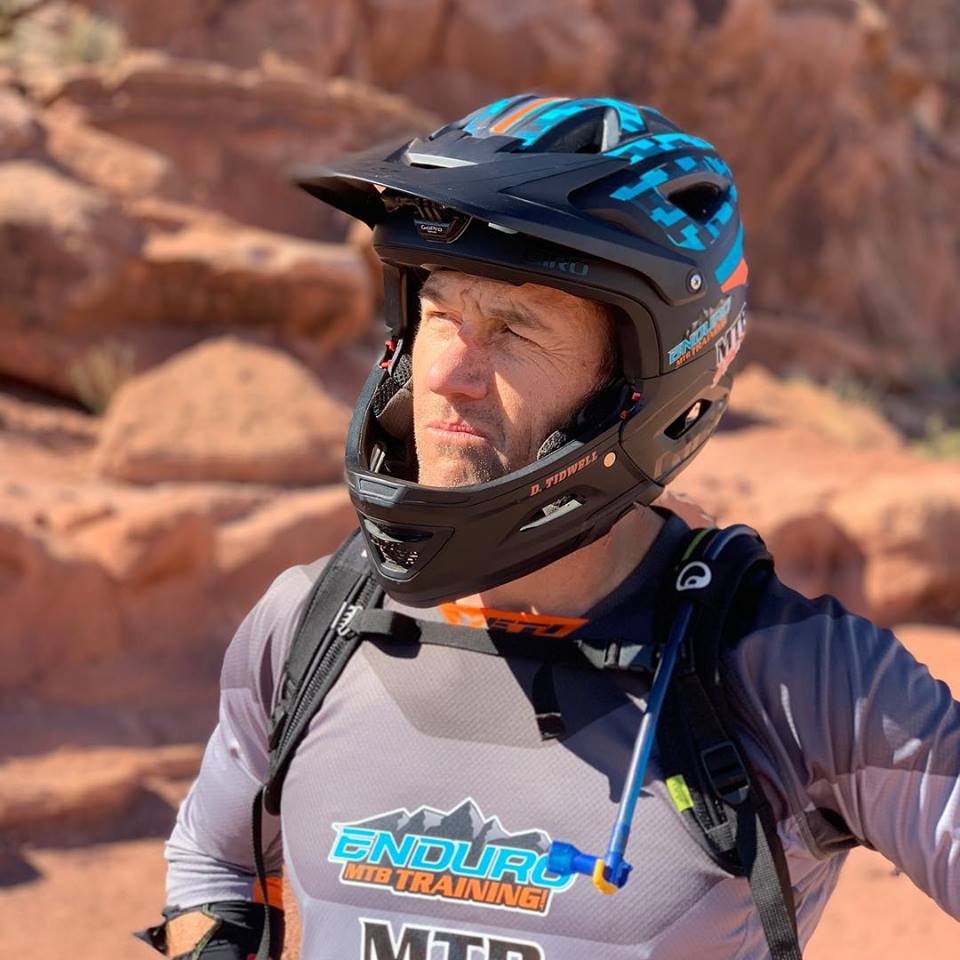
The best thing that you can do to help yourself at high altitude is to help your breathing mechanics work optimally and I think that is most compromised by the seated work position and by texting.
People forget that your rib cage is there for a reason and to protect your vital organs and lungs. The lungs have the most ability to expand to their full capability in good posture. As soon as you start rounding your shoulders and have forward head carriage you start decreasing the lungs’ ability to take air in. Everything changes. The diaphragm which controls expansion and contraction of your lungs becomes more dysfunctional and can’t do its full job.
Studies have shown that every inch forward your head is from normal posture position, it can decrease blood flow to your brain from [about] 2-5% per inch and the average person has three inches.
Study: “In general, respiration is an activity influenced by complex biomechanical factors and the stability of the cervical and thoracic regions of the spine is of great importance to smooth respiratory function.”
Of all my programs online, this is the foundation of them, where we’re really working on posture correction, making sure we can optimize the body’s ability to maintain good posture. Then, by doing all this you create better efficiency in the body not just from a breathing perspective but from a movement perspective and that’s another issue that I would say is hugely important.
How long does it usually take someone to get acclimated to a higher altitude?
That depends on where they’re coming from and their overall state of health, but we know when people from Texas come to Colorado to go skiing, they get headaches and feel lethargic and have difficulty and that’s simply from the lack of oxygen.
There’s probably a sliding scale, but I would say, for me at 51, [it could take a couple days.]
I’m racing the Big Mountain Enduro in Big Sky next week. I’ll get there Thursday, by Saturday’s race, I’ll be fine. If you spend more time in altitude as a young person then it develops your body’s ability to respond more quickly to it.
Every time you go up, you expose your body and you adapt and there’s a continuous scale of improvement as long as you’re continuously exposing your body to the environment.
Do altitude masks work for training?

I’m gonna say no. It’s like resistance training for your lungs. You’ve done nothing to change the amount of oxygen that’s in your environment, you’ve just restricted the amount of oxygen that’s going into your body.
Let’s just say we’re at [a lower] oxygen saturation – I forget what the number is – compared to sea level. If I put a training mask, I’m still [lower], but all I’ve done is decrease my ability to bring oxygen in my body.
To me, it doesn’t do anything except to train your respiratory muscles to work a little more effectively and you’re up into the higher performance ranges of your cardiovascular output, but elevation has nothing to do with it, it’s really a breathing restriction tool.
Can you speak to red blood cell development at high altitude?
I think when it comes down to it, your body is going to adapt to the stressors you put upon it, whether it’s less oxygen or more oxygen. Less oxygen produces more red blood cells, we know that. When you have more red blood cells then you have more oxygen carrying capabilities and that’s where the benefit is.
What would you do to get someone prepared for a race like the Breck Epic, a weeklong race at altitude?
Here, I don’t have people concentrate on getting “high altitude training” in. Part of my periodization training is to go train on the course. It’s more inherently built-in versus saying “I want you to go train at altitude.” I just encourage my athletes to spend time where they’re going to be racing. I really don’t think about it too much and just make it part of their training.
Aside from cardiovascular training, what would you recommend for getting ready for the type of terrain you see at altitude, like hike-a-bike or very rocky trail?
Just training for the specificity of hike-a-biking is what I recommend. If it’s part of your sport, then you’ve gotta do it. You just gotta do it. And, focusing on your weaknesses. If rocky sections are a weakness, then guess what you’ve gotta do? You gotta find somewhere you can work on your skills to help you be confident so you don’t freeze up and all of a sudden it makes you crash because you didn’t spend time developing that skill set.
As far as nutrition, should people be eating or drinking more frequently?
What I find across the board with most athletes is that so many of them under eat and under hydrate. My enduro and mountain bike athletes, [I tell them], to have a good breakfast. Since most big rides start in the morning, an hour-and-a-half beforehand have something with protein, fat, and a good amount of carbohydrates. Maybe fifteen or thirty minutes before the start time you could have a little 15-30g of carbohydrates, and then once you start, start a timer on your Garmin or Stages Dash or whatever.
For me, it’s about every 40 minutes that I’m trying to eat something. And what I’m trying to do is alternate between fake food and real food, so I’ll have two fake foods and then a peanut butter and jelly sandwich or half an apple and a banana and then go back to fake foods.
Half the time I’m also drinking water, and then the other half I’m drinking Ryno Power hydration for example to help with electrolytes and a little bit of instant fuel, but there has to be a balance for your gut’s sake.
Eating is so important, and then a post-activity meal or recovery drink. I would say that people under hydrate and under eat and should focus on creating a strategy that works well for them and really the only way to do that is to practice.
What’s your favorite high altitude ride?
I really liked riding and racing in Aspen Snowmass. The Aspen downhill run that we run in the Big Mountain Enduro, that you can only have access to if you ride to the top is pretty rad. I don’t get up to the high country too often, but the one I want to try soon is the Lenawee trail.
This interview was edited for length and clarity.
To find out more about Dee’s in-person or remote training options check out his website, Enduro MTB Training.


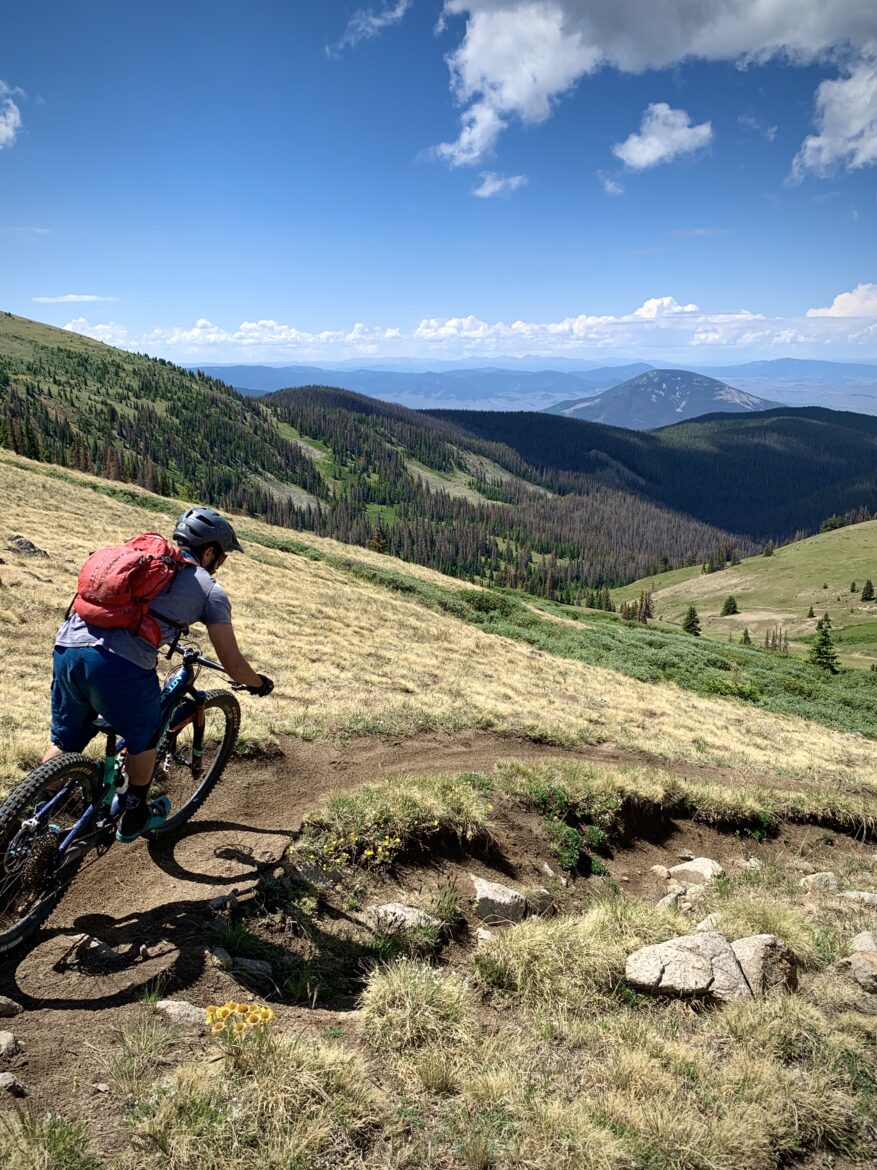


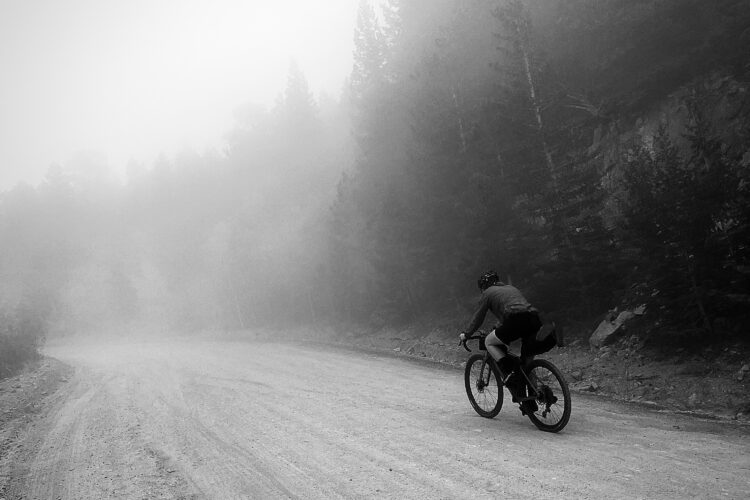
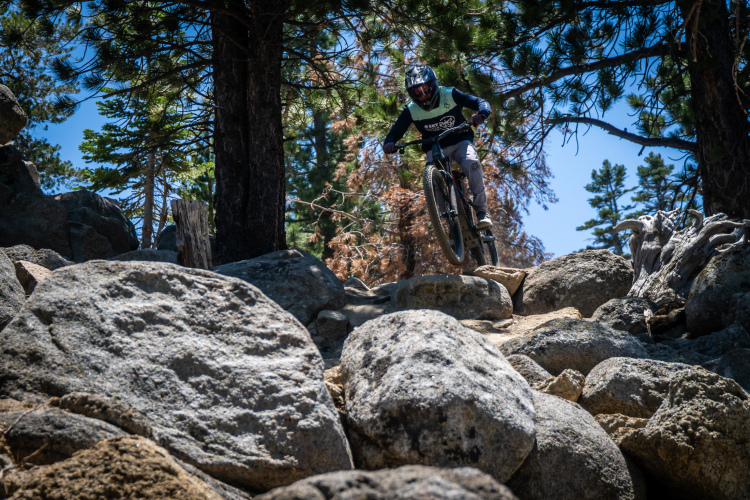
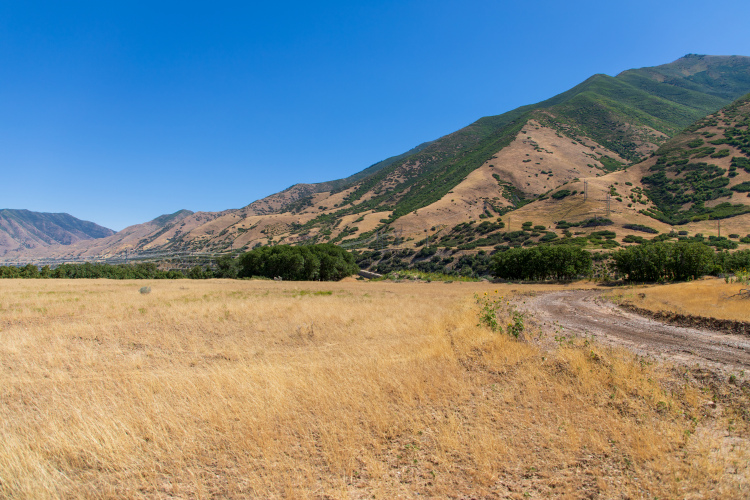

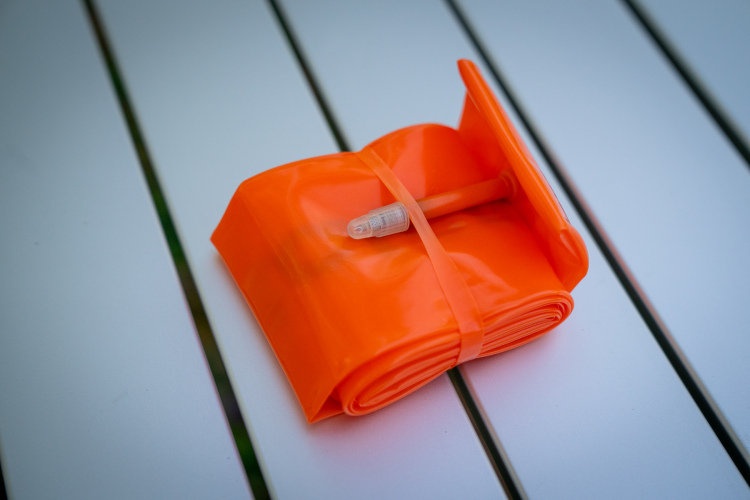

2 Comments
Aug 27, 2020
Aug 27, 2020